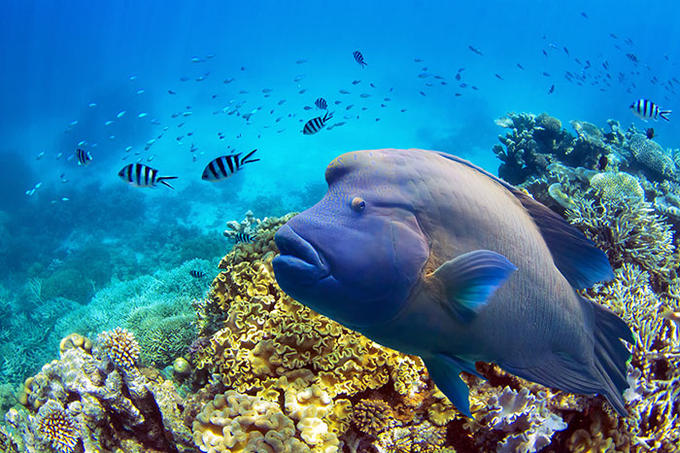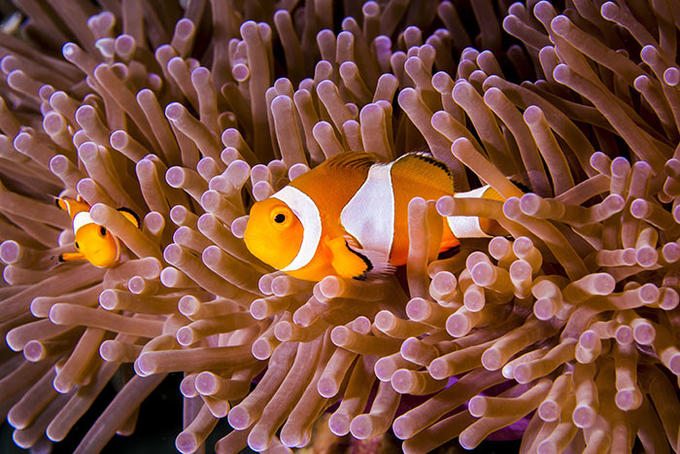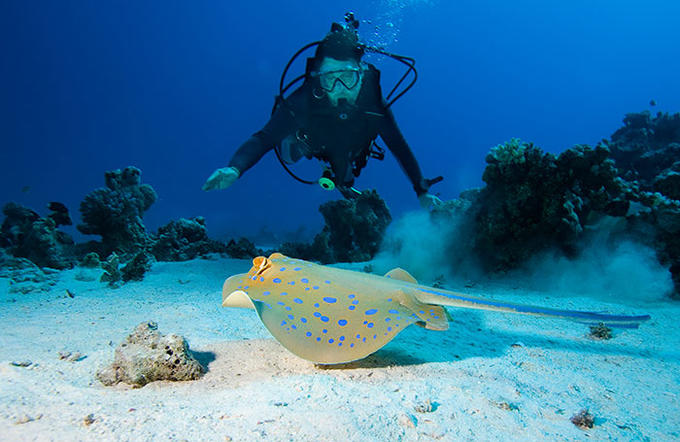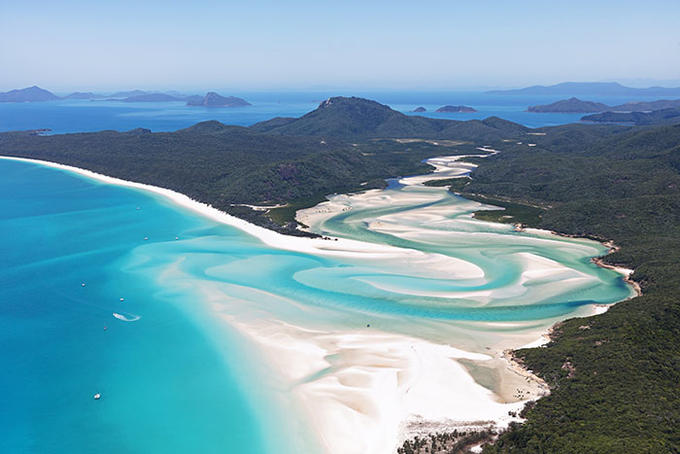What to Expect From a Trip to the Great Barrier Reef
When someone tells you “you have to see the Sydney Opera House” you have a pretty good idea of what to expect: You will either; wander around the building’s famous façade and snap a few photos or you’ll take a tour inside. Either way, you can anticipate being inside or outside a building. But when your travel agent recommends a trip to the Great Barrier Reef - the largest coral reef system on the planet – it becomes a bit harder to imagine what you might be in store for. What exactly do you do there? Are you going to be expected to strap on the scuba gear? And what if you are a non-swimmer, does that mean no reef for you? The quick answers are: loads, no and no. But let’s look at exactly what you can expect when you head out to this 1430-mile-long, Australian icon.

Common Concerns
As a first-time visitor to the reef, it’s completely understandable that you might have some small worries. Here are the most common concerns: First up, stingers. Marine stingers are how all stinging jellyfish are referred to in Australia. The stinger season is generally November to May and during this time it is strongly advised that you wear a protective suit when in the water. I’ve been on the reef three times during stinger season and never once heard of anyone encountering one. Another popular worry is the temperature of the water. Most tour operators will provide or hire out wetsuits and, even though the water is not that cold I’d recommend getting one. And, of course, the classic cause for concern is sharks. But, in the words of my first Aussie diving instructor “No need to worry about sharks, mate. The crocs ate ‘em all.” In all seriousness, if you are lucky enough to spot one it will most likely be a small reef shark and you won’t be able to shut up about seeing it for weeks.

What You Could See
Each time I’ve visited the reef a tour leader has addressed the group, asking what we most hoped we might spot during our snorkel or scuba experience. And every time the most popular answers have been nemo (clown fish), a sea turtle and a shark. Although the latter can produce mixed responses from a group, in my experience, these three reef-dwellers are always mentioned. However, with over 1,500 species of fish calling the reef home, there are literally plenty more fish in the sea. Keep your eyes peeled for the fabulous colours of angelfish and butterfly fish or the vivid blue of blue tang (whom you may recognise as Dory from the Pixar movies). And that’s before you start thinking about the larger fish… the Maori wrasse can weigh up to 200kg and, if you go a little bit deeper you could spot a grouper, one of the largest fish found on the reef.

Don’t Want to Dive?
The idea of breathing underwater via a tank of air on your back is not universally appealing. Scuba diving is undoubtedly one of the best ways to explore the underwater world but it’s not for everyone and, fortunately, there are tonnes of alternatives. The most obvious is to grab a trusty snorkel and fins but if this is too close to diving for your liking then perhaps a semi-submersible boat is the answer. You won’t even need to get wet and you’ll see loads of marine life. Or, try helmet diving, where air is supplied direct from the surface to your large translucent helmet and a moving platform lowers you down a few metres to the reef floor.

Unique Experiences
A visit to the reef is a very special and memorable experience but if you’re the type of person who likes to have a different story to tell then you’re in luck because you can do some pretty cool stuff here. For starters, you can sleep on the reef! Well, not literally, but you can sleep out under the stars aboard a floating pontoon within the reef. Not only is this a unique experience, but it also means you get to enjoy the reef and pontoon before the day trippers turn up. By far the most sought-after experience is a helicopter tour, with the most popular being a tour over the iconic heart reef. Most helicopter tours last between 10 and 15 minutes, but if you’re lucky, you might have the chance to buy a ride back to the airport. It cost a little more but I jumped at the chance to do this and got treated to a bird’s eye-view of heart reef and a fly by Whitehaven beach!
Preserving the Great Barrier Reef
While you’re likely to be chatting about your time on the reef for years to come, it’s important that this incredible place stands the test of time, just like your memories. This biological marvel has a complicated ecosystem that requires care and respect. In recent years, global warming has caused some areas of the reef to be affected by coral bleaching and marine pollution is an ongoing issue. So, be sure that you do your bit when you visit and only travel with an operator that has EcoTourism Australia or EarthCheck certification. Your travel agent will be able to help you with this. And while you are in the water, please look but don’t touch and enjoy your time visiting the world’s largest living structure.
Want to plan a holiday that's All Reef, No Grief? Check out our Great Barrier Reef holidays and let our friendly Travel Consultants tailor-make it easy for you..




